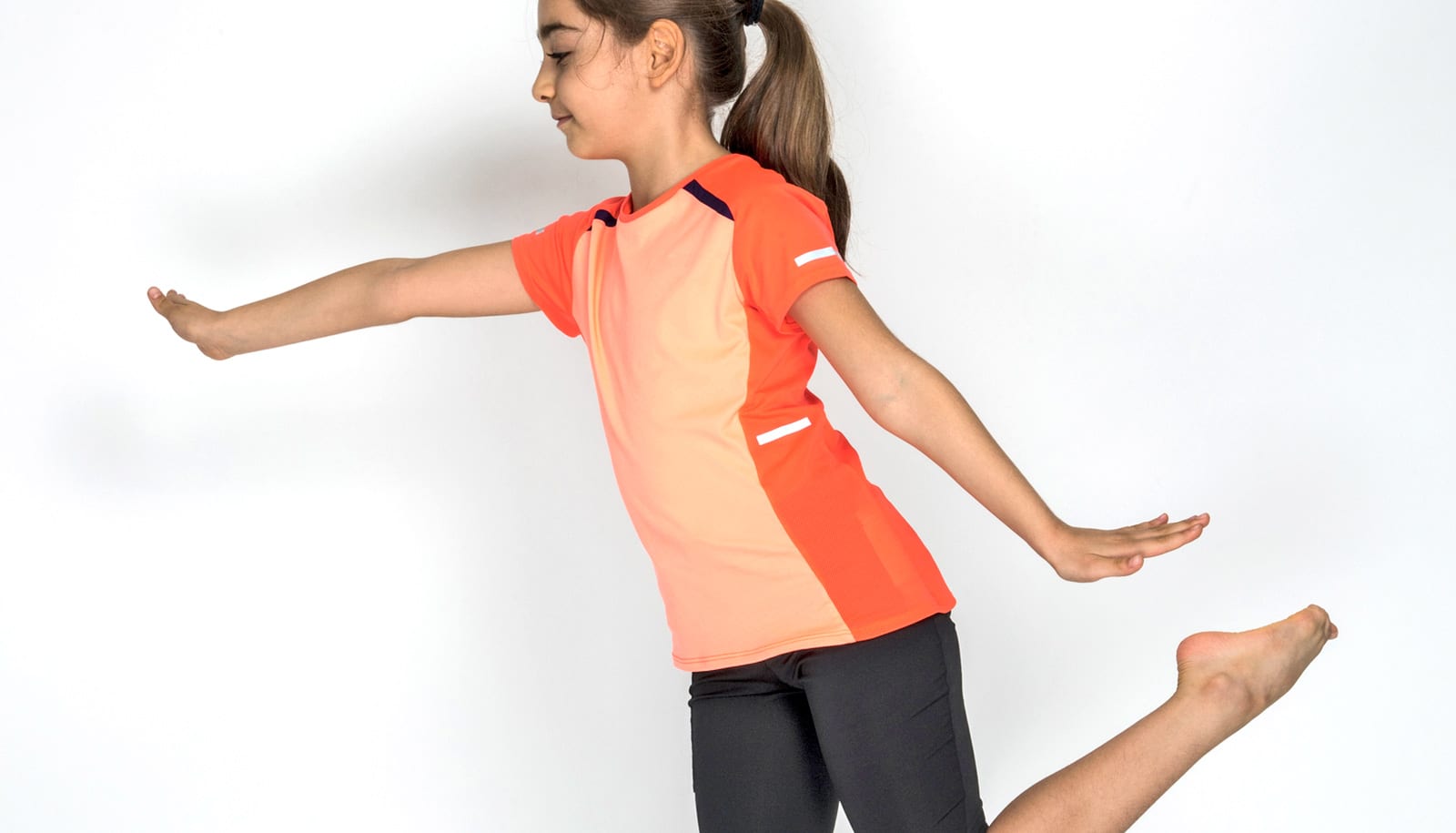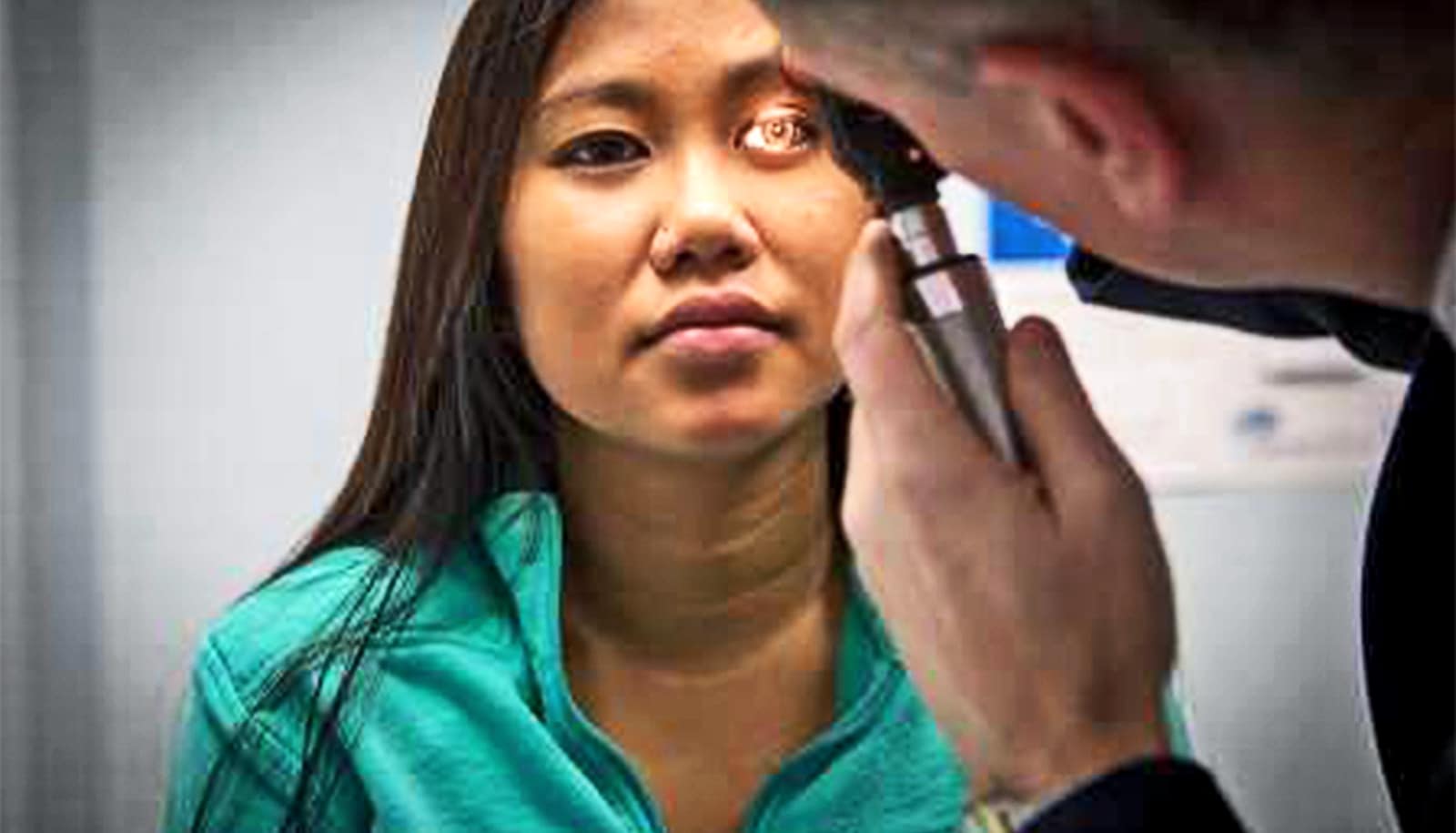People who did light exercise within 48 hours of a concussion had their symptoms resolve in about half the time as those who waited more than a week to exercise, a new study finds.
The study adds to the growing body of science that suggests that “cocoon therapy”—bed rest in the dark with minimal mental stimulation after concussion—isn’t good for patients.
Instead, when done under the guidance of a trained clinician, exercise is preferable, says Landon Lempke, a research fellow with appointments at the University of Michigan Concussion Center and the Exercise and Sport Science Initiative, both housed in the School of Kinesiology and first author of the study in the journal Sports Medicine.
The observational study monitored more than 1,200 college athletes at 30 institutions nationwide before injury and at injury until medical clearance. The study wasn’t designed to establish a causal relationship between exercise and concussion recovery, but the findings are in line with previous smaller, randomized controlled trials identifying similar relationships.
- Athletes who began light exercise within 48 hours were considerably more likely to see symptoms resolve than those who did not exercise, with about 2.5 days faster symptom recovery time.
- Athletes who started exercising roughly eight days or later after injury were significantly less likely to experience symptom recovery than those who did not exercise, and took about five days longer to recover.
The biggest beneficiaries of early exercise might be people who are likely to develop persistent concussion symptoms–those that linger past four weeks, Lempke says.
- Athletes in the early exercise group had lower prevalence (3%-4%) of persistent symptoms compared to the no exercise group.
- The late exercise group experienced 11% greater persistent symptom prevalence than the no exercise group.
For two decades, it’s been suggested that people with concussions should avoid physical and mental activity while symptomatic and recovering, Lempke says. The concern was that athletes who returned to play too soon risked another concussion and a more serious injury called second impact syndrome, a rare but serious complication that can result in death. Some research also suggested that aggressive exercise could prolong recovery.
That viewpoint evolved as the benefits of early exercise became clear. In 2017, international consensus and return to play guidelines were modified to recommend light physical and mental activities after the 24- to 48-hour recovery window as long as it did not worsen symptoms.
Lempke stresses that the findings don’t mean that athletes return to play sooner. Progressive return-to-play protocols should always be followed. All exercise after a concussion and during recovery should be supervised by a trained clinician. The Buffalo Concussion Treadmill Test is the most frequently used and studied post recovery exercise protocol.
Participants start walking at 3.3 mph and increase the incline until symptoms start to increase, which is their exercise threshold. Patients then exercise five to six times a week at 80% of their maximum heart rate that initially increased those symptoms.
“Based on the historical background, the adage ‘the dosage makes the poison’ applies to exercise after concussion,” Lempke says. “Too much, too soon” or “too little, too late” can both be detrimental. This observational study did not identify the type, duration, or intensity of exercise, but it did identify a clear positive effect of exercise on recovery times.
“There is likely a Goldilocks zone that is slightly unique to every individual,” Lempke says. “For athletes, delaying or choosing not to report your concussion is directly tied to longer recovery as well as potential negative consequences. So reporting is the first step,” Lempke says.
“For health care providers, it’s important to stay current on concussion assessment and management practices. Clinicians still use ‘cocoon therapy’ despite known deleterious effects. Our present findings and many other studies indicate exercise can be started before symptoms resolve, if done in a safe and controlled manner as guided by a trained clinician.”
Source: University of Michigan



